To understand and analyze literature effectively, it's important to start by building a strong knowledge base of literary terms and what they mean.
|
Literary terms |
Definitions* |
Examples |
|
Literary elements |
Fundamental components or building blocks of literature that contribute to the structure and overall meaning of a literary work. |
|
|
Literary techniques |
Strategies used by writers to effectively convey their ideas and enhance the impact. |
|
|
Literary devices |
Specific tools to create effects and enhance language. |
|
* While these definitions offer a general idea, there can be overlaps and debates about the distinctions between these terms. They are often used interchangeably as writers employ various tools to create impactful literature. Understanding these elements, devices and techniques improves one's ability to analyze, appreciate and create literary works.
The main purpose of literary devices and techniques in literature is to enhance the quality and impact of the writing.
From a writer’s perspective, it helps engage the reader or audience and conveys the intended message, themes, and emotions.
From a reader’s perspective, it helps understand the full extent of the writing.
Keep in mind that when it comes to writing, literary devices and techniques aren't strict rules you have to follow. Think of them more like tools you can use to make your writing refreshing and interesting. Experienced writers often twist these tools or mix them up to keep their readers engaged!
There are many fundamental components needed to write or understand a literary work. Learn more about them in Plot.
|
Element |
Meaning |
Examples in Literature |
|
Motif |
A repeated element in a story with a symbolic meaning |
The yellow brick road in The Wonderful Wizard of Oz (1900) symbolizes a life journey. |
|
Theme |
The central idea or topic of a story |
The theme of friendship in The Outsiders by S.E. Hinton (1967), expressing the importance of having friends you can count on. |
|
Conflict |
An issue in a narrative around which the whole story revolves |
The conflict in The Great Gatsby by F. Scott Fitzgerald (1925) is a battle for love and social status between Jay Gatsby and Tom Buchanan. |
|
Protagonist |
The main character of a story, novel or play |
Harry Potter in J.K. Rowling's Harry Potter series (1997-2007), as he battles against the dark wizard Lord Voldemort. |
|
Antagonist |
The character in conflict with the protagonist |
Captain Ahab in Herman Melville's Moby-Dick (1851), relentlessly pursuing vengeance against the great white whale. |
|
Mood |
The general atmosphere of a narrative |
The eerie and haunting atmosphere in Edgar Allan Poe's The Fall of the House of Usher (1839). |
|
Dialogue |
Where characters of a narrative speak to one another. |
"Don't be frightened, Madame," said Monsieur Giry in a trembling voice. "The man is a genius. You needn't have troubled about your daughters, especially the elder one." - The Phantom of the Opera (1910) by Gaston Leroux |
|
Setting |
The time and place in which a story takes place. |
The humble abode of the Bagginses, Bag End, was known as a cozy hobbit-hole nestled beneath The Hill. Its round green door and perfectly kept gardens were a comforting sight for any weary traveller. - The Hobbit (1937) by J.R.R. Tolkien |
A simile is a way to compare two things using the words like or as.
A metaphor is a way to compare one thing to another without using the words like or as.

“He’s as strong as a horse!”
|
Example in Literature |
|
"Joe was a well-knit characteristic-looking blacksmith; in his holiday clothes, he was more like a scarecrow in good circumstances, than anything else." - Charles Dickens, Great Expectations (1861) |

The ninja's speed is a gust of wind, swift and elusive.
|
Example in Literature |
|
In 1984 (1949) by George Orwell, Big Brother is "a boot stamping on a human face forever." |
Personification gives human qualities to nonhuman things.
Anthropomorphism gives human qualities to things that are not human, but it also makes them act and feel like humans.
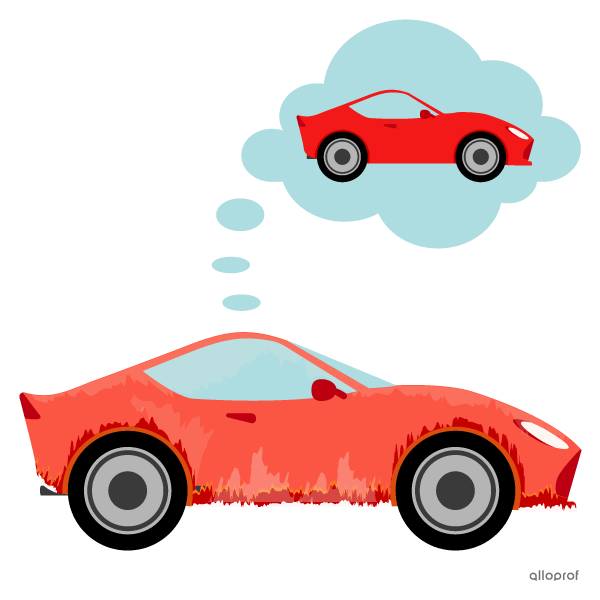
The forgotten car in the junkyard dreamt of days when its engine roared and tires screeched through the streets.
|
Example in Literature |
|
"The sun smiled warmly upon the children." -The Cat in the Hat by Dr. Seuss. Here, the sun is personified by attributing the human characteristic of smiling to it. |

Flash the Sloth slowly started typing.
|
Example in Literature |
|
In The Tale of Peter Rabbit (1902) by Beatrix Potter, the author anthropomorphizes the rabbits, giving them human-like qualities such as talking and wearing clothes. |
Alliteration is the repetition of the same consonant sounds at the beginning of words in a sentence.
Repetition is when words, phrases or sounds are used more than once for emphasis or rhythm.

Sammy sneezed so loudly that the whole class stared.
|
Example in Literature |
|
"Doubting, dreaming dreams no mortal ever dared to dream before." - The Raven (1845) by Edgar Allan Poe. |
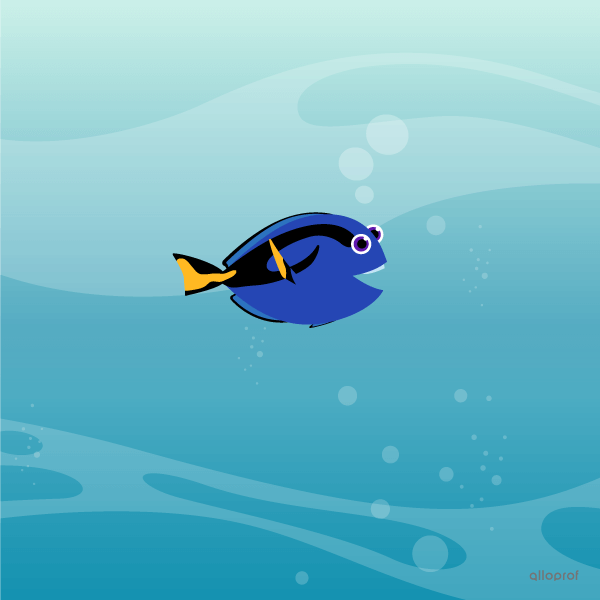
“Just keep swimming, just keep swimming, just keep swimming.”
|
Example in Literature |
|
In J.R.R. Tolkien's The Lord of the Rings (1954-1955), the phrase "One ring to rule them all" is repeated several times, emphasizing the power and significance of the magical ring throughout the story. |
Onomatopoeia is a word that sounds like the word it describes.
Sensory language is when you use your senses to describe things.
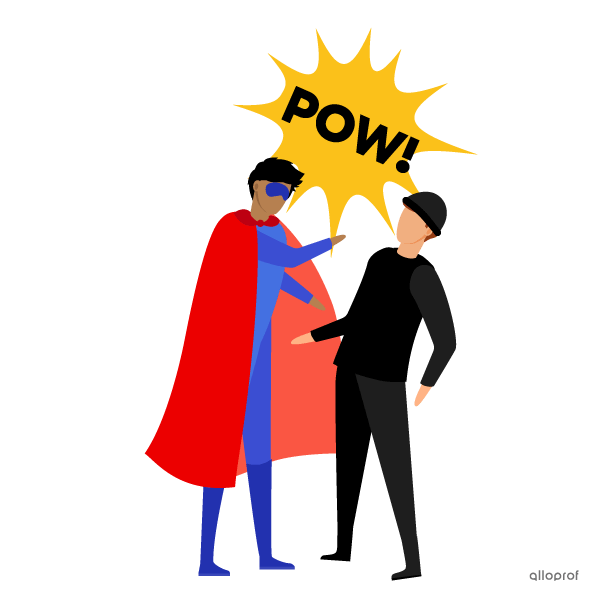
Robin avoided the hit and threw an uppercut, “POW!”
|
Example in Literature |
|
“When he did appear, he was attended not only by his retinue of dogs but by a black cockerel who marched in front of him and acted as a kind of trumpeter, letting out a loud ‘cock-a-doodle-doo’ before Napoleon spoke.” - Animal Farm (1945) by George Orwell |
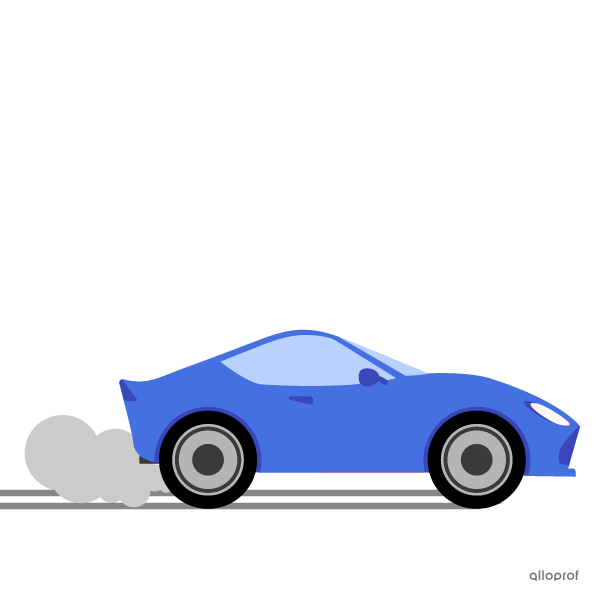
"The piercing screech of tires echoed through the empty streets."
|
Example in Literature |
|
"Bending over the fire, he first melted the ice from his face. With the protection of the fire’s warmth he ate his lunch. For the moment, the cold had been forced away." - To Build a Fire (1902) by Jack London |
Hyperbole is when you exaggerate to make a point.
Euphemism is the art of softening or adjusting language.

"This backpack weighs a ton!" The meaning is that it’s heavy.
|
Example in Literature |
|
In Mark Twain's The Adventures of Tom Sawyer (1876), a hyperbole is used to capture Huck’s fear: “‘Run!’ said he; ‘run for your life!’ Tom needn’t have repeated it; once was enough; Huck was making thirty or forty miles an hour before the repetition was uttered.” |
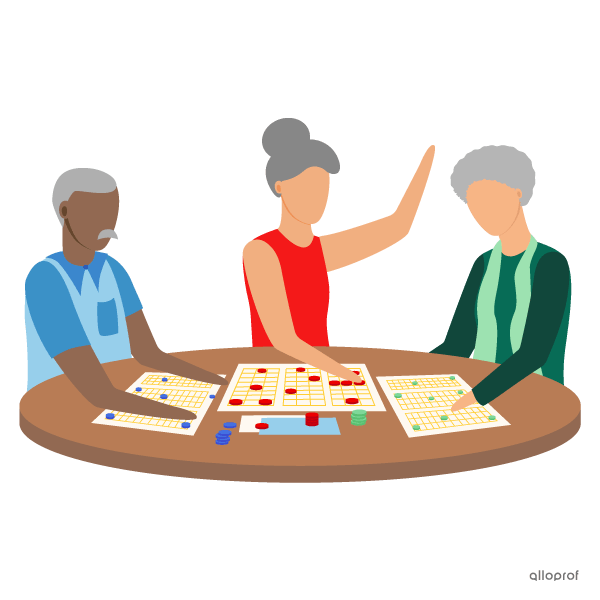
"My grandparents are both senior citizens and they enjoy spending time with their friends at the local community center." The meaning is that they are old.
|
Example in Literature |
|
In William Shakespeare's play Macbeth (1623), the phrase "After life’s fitful fever he sleeps well." This is a euphemism for death. |
Juxtaposition is the art of comparing two things by confronting their similarities and differences.

The juxtaposition of a robot holding a plant confronts the differences of technology versus nature.
|
Example in Literature |
|
In The Strange Case of Dr. Jekyll and Mr. Hyde (1886) by Robert Louis Stevenson, the dual nature of humanity is juxtaposed through the characters of Dr. Jekyll and Mr. Hyde. Dr. Jekyll is a respectable, virtuous gentleman, while Mr. Hyde represents the darker, immoral side of society. The juxtaposition of these two characters emphasizes the struggle between good and evil within a single individual. |
When reading a text, there are several things to look out for in order to better understand and appreciate the literary devices used:
-
Figurative language: Keep an eye out for comparisons like similes and metaphors, as well as personification and symbolism.
-
Patterns and repetitions: Take note of repeated words, phrases or ideas, which may suggest the use of devices like parallelism or refrain.
-
Word choice: Pay attention to interesting or colourful language that goes beyond literal descriptions and adds deeper meaning.
-
Structure and organization: Analyze how the story is told, including any flashbacks, foreshadowing or unconventional storytelling techniques.
-
Dialogue and character interactions: Look for hidden meanings, irony or sarcasm in conversations between characters.
-
Tone and mood: Consider the emotions evoked by the author and how they contribute to the overall effect of the text.
When it comes to fiction, it’s important to understand that literary techniques are rarely used alone. They are often used together to truly elevate stories and transport them into a completely immersive and unforgettable world.
Foreshadowing hints or suggests future events, creating anticipation and suspense for the reader.

Anonymous text messages can lead to multiple paths, foreshadowing what’s to come.
|
Example in Literature |
|
In Harry Potter and the Philosopher's Stone, J.K. Rowling employs foreshadowing as we first meet the character of Severus Snape. With his mysterious demeanor and dark clothing, Snape immediately raises suspicions in the minds of readers, hinting at his role as a complex and significant antagonist. |
A character revisits a past event, usually in the form of a memory or dream.


Flashback to the decision of not taking an umbrella today led to being soaked wet before work.
|
Example in Literature |
|
In To Kill a Mockingbird by Harper Lee, Scout recounts her brother Jem breaking his arm when they were playing in the Radley’s yard. |
The use of objects, characters or events to represent abstract ideas or concepts
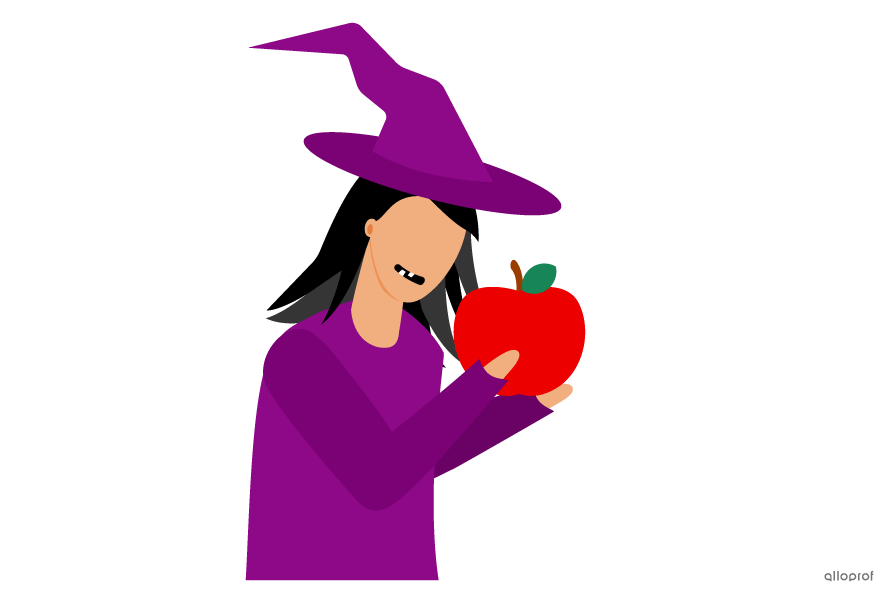
The classic apple symbol used in many different stories.
|
Example in Literature |
|
In the graphic novel Watchmen by Alan Moore, the iconic smiley face with a bloodstain symbolizes the moral decay and twisted perspectives of the superhero characters, as well as the complex nature of justice and humanity. |
The use of vivid language and sensory details to create mental images and evoke sensory experiences for the reader.
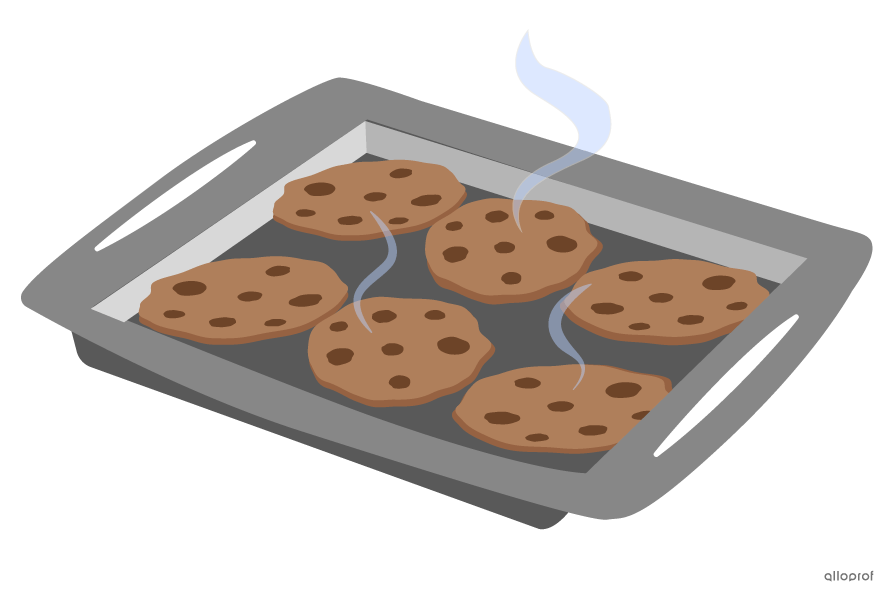
The sweet scent of a freshly baked chocolate chip cookie, with steam wafting up, tempting you to take a bite.
|
Example in Literature |
|
"For when they tried to look at Aslan’s face they just caught a glimpse of the golden mane and the great, royal, solemn, overwhelming eyes; and then they found they couldn’t look at him and went all trembly." - The Lion, The Witch, and The Wardrobe by C.S. Lewis |
The perspective from which a story is told and the narrator's position in relation to the events and characters.
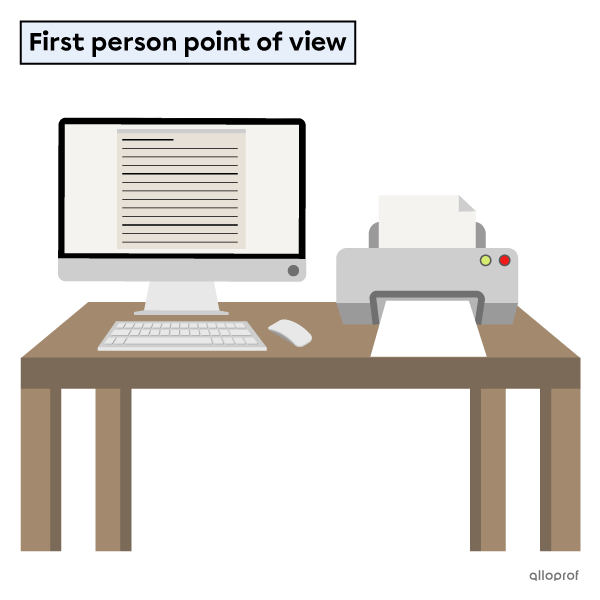

|
Example in Literature |
|
In Jane Austen's Pride and Prejudice, the story is told from the 3rd person omniscient point of view, giving readers access to Elizabeth Bennet's thoughts and perceptions. |
A narrative technique that leaves the audience in suspense or uncertainty, typically by ending a chapter or episode with an unresolved plot point or dramatic event.

With every frantic stride, Kathy’s heartbeat intensified, keeping pace with the thundering boulder relentlessly pursuing her down the treacherous slope. Will Kathy outrun the relentless onrush, or will the merciless weight of the boulder seal her tragic fate?
|
Example in Literature |
|
As Sherlock Holmes and Professor Moriarty tumbled over the edge of the waterfall, readers were left in suspense until the next installment of Arthur Conan Doyle's The Final Problem. |
An overused phrase, expression or idea that has lost its originality and impact.
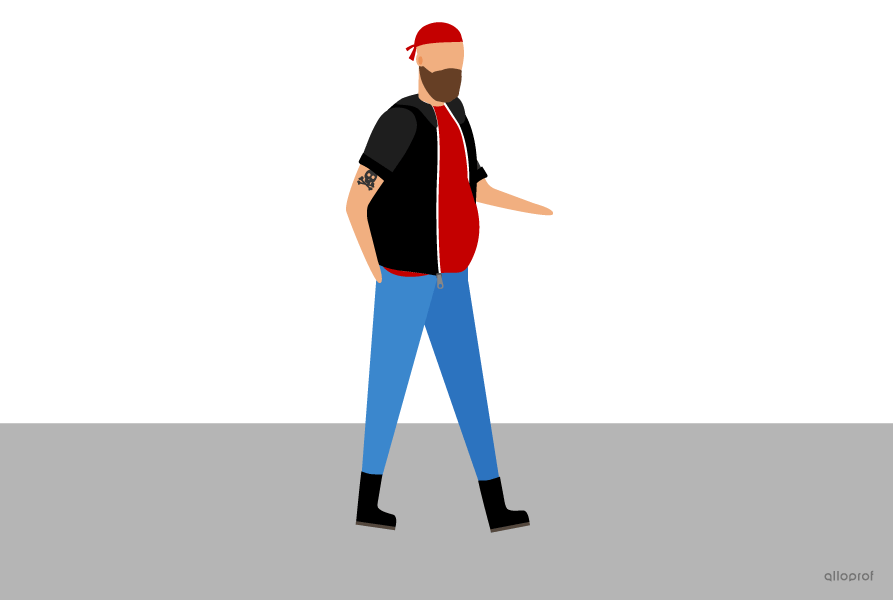
Don't judge a book by its cover: Despite his rugged appearance, he was kind-hearted and incredibly intelligent.
|
Example in Literature |
|
The tired phrase "love at first sight" is a cliché often found in literature, appearing in countless romantic novels and poems. |
Irony is where the intended meaning of a situation or phrase is different, often opposite, from the actual meaning. Here are some different types of irony:
-
Verbal irony is when a person says one thing but means the opposite.
-
Situational irony is when the opposite of what is expected happens.
-
Dramatic irony is when the audience knows something that the characters do not.
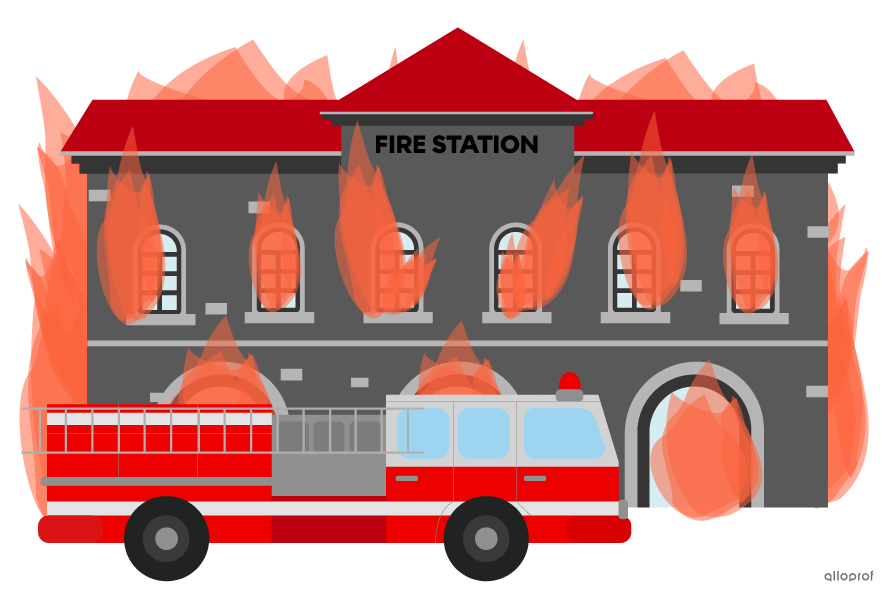
A fire station catches fire, and the fire trucks arrive five minutes late.
|
Example in Literature |
|
In Shirley Jackson's short story The Lottery, the town's annual lottery is presented as a joyous occasion, but the twist ending reveals the dark and deadly consequences, creating dramatic irony. |
A feeling of anticipation or tension created by uncertain or dangerous events in a story.
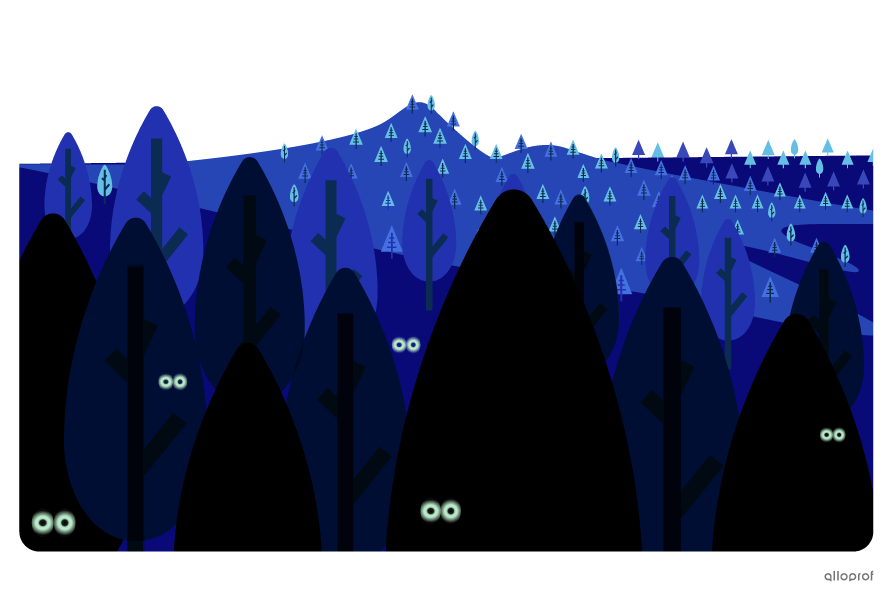
As he crept through the silent forest, he was being watched by unseen eyes.
|
Example in Literature |
|
In The Night Guest by Fiona McFarlane, an elderly woman is convinced that a tiger is prowling around her house at night, leaving readers wondering whether the threat is real or imaginary. |
A brief reference to a person, place, thing, event or idea from history, literature, art, mythology or pop culture, used to enhance meaning.
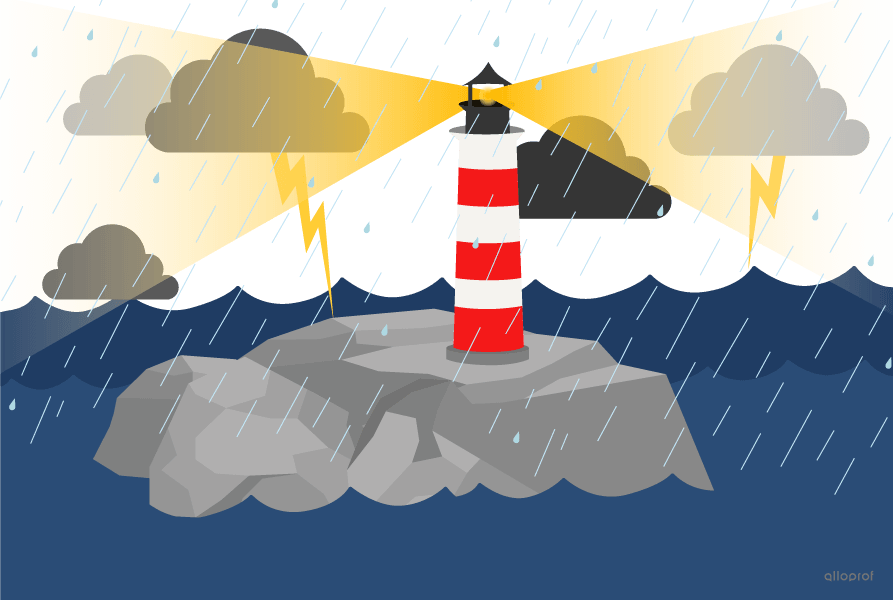
In the midst of the storm, her calming presence was a lighthouse in the dark.
|
Example in Literature |
|
In George Orwell's Animal Farm, the character of Napoleon alludes to Joseph Stalin, as both leaders exhibit power-hungry and tyrannical tendencies, representing the corruption and abuse of power in totalitarian regimes. |
The underlying meaning in a literary work, often conveyed through subtle hints, gestures or implications.
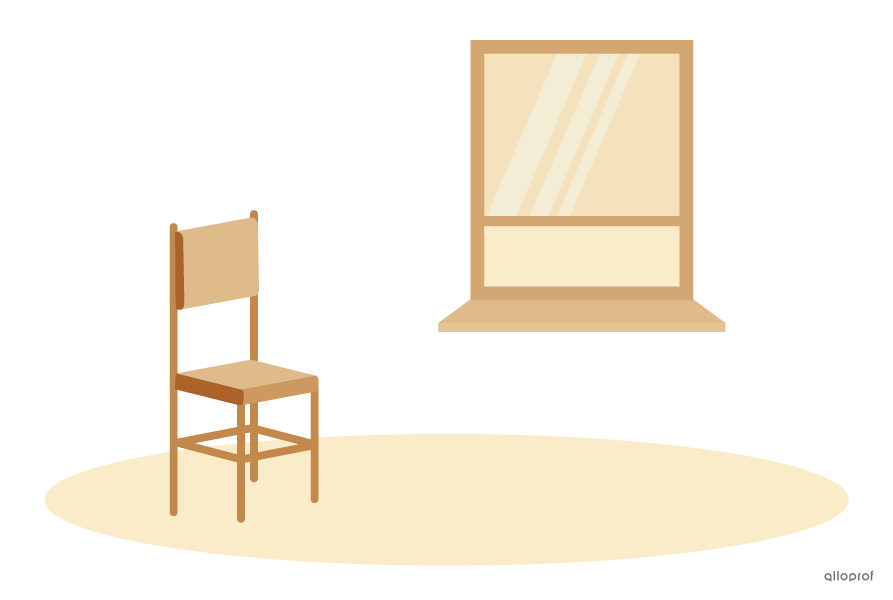
The empty chair by the window silently spoke volumes about the absence that lingered in their lives.
|
Example in Literature |
|
In Macbeth, the constant references to darkness and the recurring motif of blood signify the characters' descent into madness and guilt. The subtext conveys the destructive nature of unchecked ambition and the corrupting influence of power. |
Where an unexpected and contrived event or character solves a seemingly unsolvable problem in a way that was not previously set up in the story


Stranded on a deserted island, he stumbles upon a fully functioning boat hidden in a cave, conveniently allowing him to escape to safety.
|
Example in Literature |
|
In William Golding's Lord of the Flies, the arrival of a naval officer at the end of the novel interrupts the chaos and violence, providing a convenient resolution and serving as a deus ex machina to restore order to the stranded boys. |